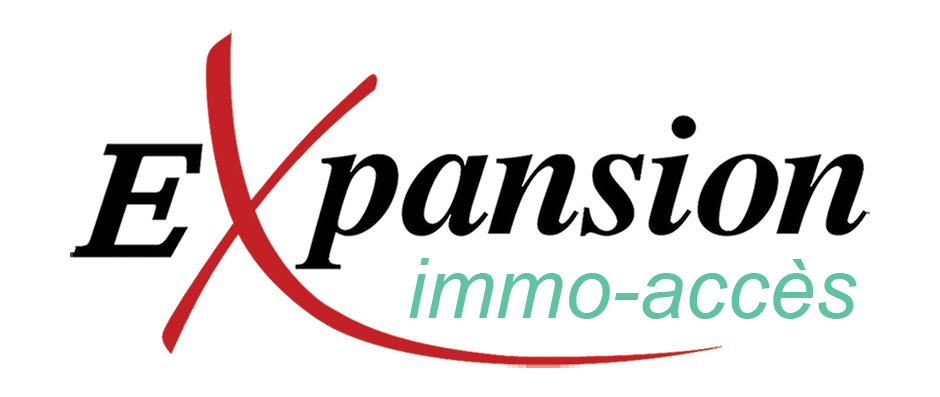November 2010 MLS® Sales: New Record for the Island of Montréal
Île-des-Soeurs, December 9, 2010 – November 2010 MLS® sales on the Island of
Montréal set a new record with 1,370 sales, an increase of 1 per cent, slightly
surpassing the previous record set in November 2009, according to the Greater
Montréal Real Estate Board\'s (GMREB) MLS® statistics. Sales in the Montréal
Metropolitan Area decreased by 5 per cent in November 2010, while year-to-date sales
increased by 2 per cent.
“November was a strong month for the Montréal area real estate market,” said Diane
Ménard, Vice-President of the GMREB Board of Directors. “It’s true that MLS® sales
decreased for a seventh consecutive month, but the decrease was much smaller than
those registered in recent months. Furthermore, some areas really stood out, such as
Laval, which posted a 3 per cent increase in sales, and the Island of Montréal which set
a new November sales record,” she added.
Condominiums also stood out in November 2010, as it was the only property category to register an increase in sales in the
Montréal area. The 983 condominium sales set a new November record,
surpassing the November 2009 peak by 3 per cent. Condominium sales
increased in most of the main areas in the Montréal region. Only the South
Shore posted a decrease in condominium sales (-9 per cent). On the
Island of Montréal, in Laval and on the North Shore, the number of
condominiums sold in November 2010 increased by 4, 23 and 15 per cent, respectively, compared to November 2009.
However, the increase in condominium sales was not enough to offset the decrease in
sales of single-family homes (-7 per cent) and plexes (-13 per cent) in the Montréal area.
Geographically, the North Shore (-10 per cent) and the South Shore (-14 per cent) were
primarily responsible for pulling Montréal area residential sales downward. Sales in the
Vaudreuil-Soulanges area decreased slightly by 3 per cent.
In terms of prices, all three property categories registered a 7 per cent increase in
median price in November 2010 compared to November 2009. In the Montréal area, the
median price of single-family homes reached $260,750, that of condominiums reached
$218,000 and that of plexes reached $385,000.
“These price increases are good news for sellers, as it shows that real estate continues
to be a solid investment. Furthermore, selling times continued to decrease in November,
which is also encouraging for sellers. There was good news for buyers as well, as they
had more choice compared to November 2009 as active listings increased by 7 per
cent,” said Diane Ménard.
About the Greater Montréal Real Estate Board
The Greater Montréal Real Estate Board is a non-profit organization that brings together
most of the real estate brokers who work in the Greater Montréal area. With more than
10,500 members, it is the second largest board in Canada. Its mission is to actively
promote and protect its members\' professional and business interests in order for them
to successfully meet their business objectives and maintain their predominance in the
real estate industry
For further information:
Chantal de Repentigny
Assistant Director
Communications, Industry Relations and Legal Affairs
Phone: 514-762-2440, extension 130
chantal.derepentigny@gmreb.qc.ca
Important Note
The Greater Montréal Real Estate Board publishes its MLS® sales statistics by Montréal Metropolitan Area
territory, as defined by Statistics Canada during the last census. The list of municipalities that make up this
territory is available at www.statcan.ca.
In addition, the Greater Montréal Real Estate Board uses the median price to measure the evolution of
property prices. The median price is the middle price, in other words, half of the transactions had a lower
price and the other half had a higher price.


